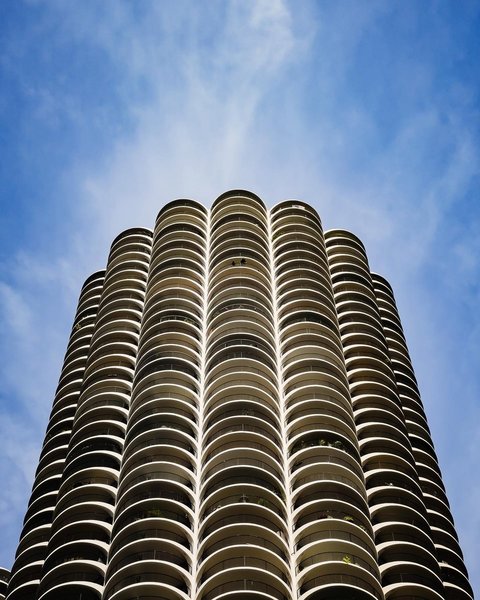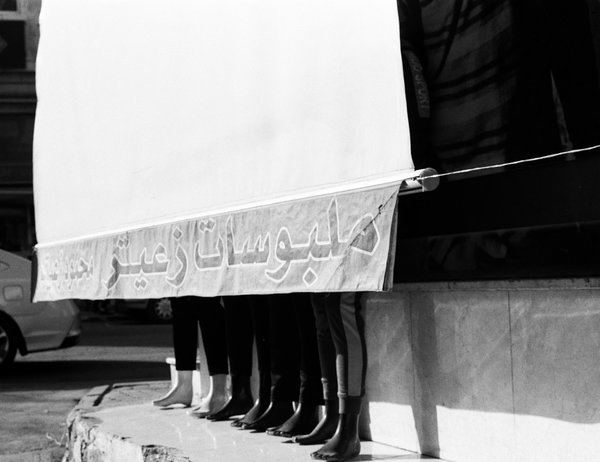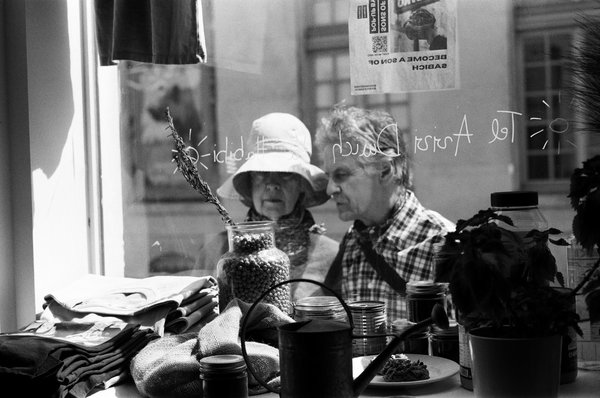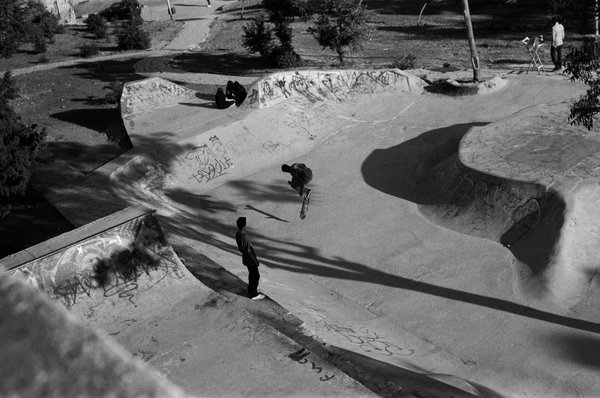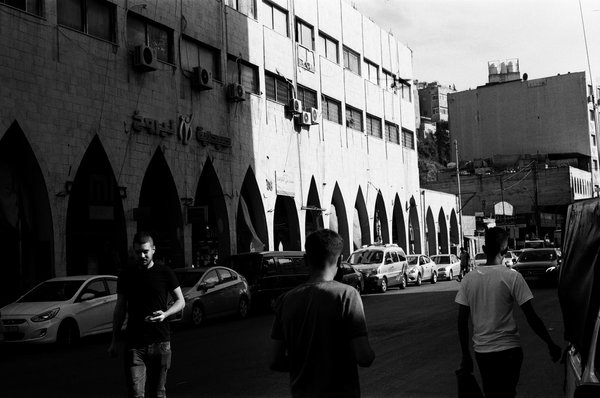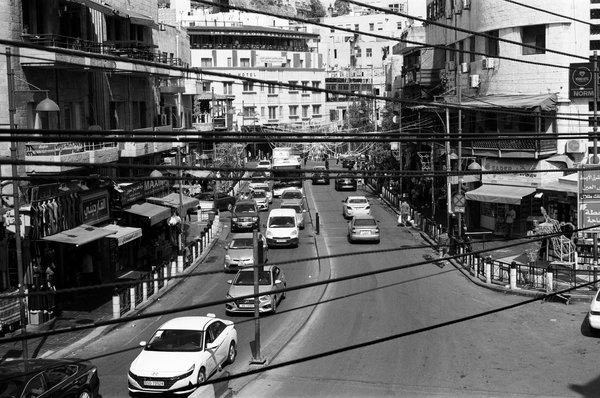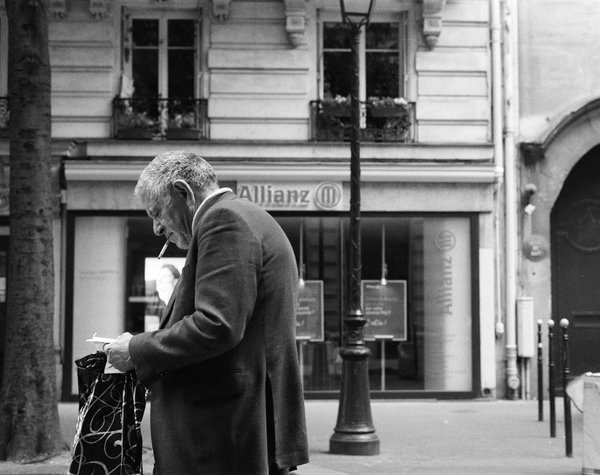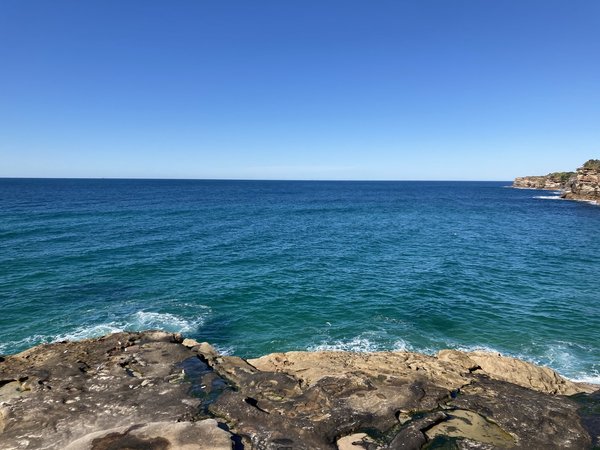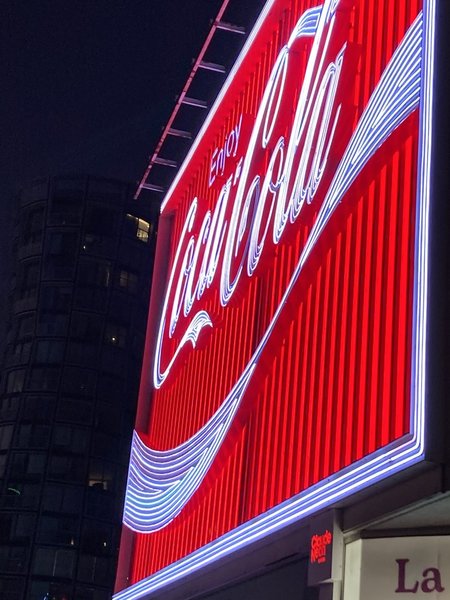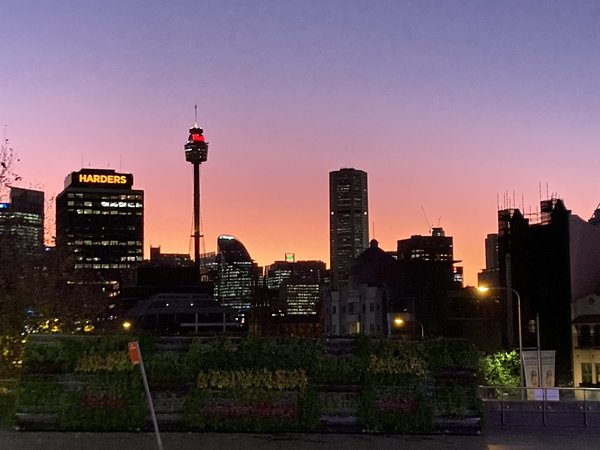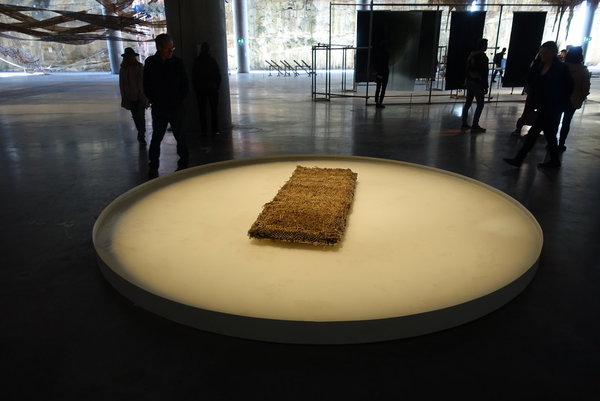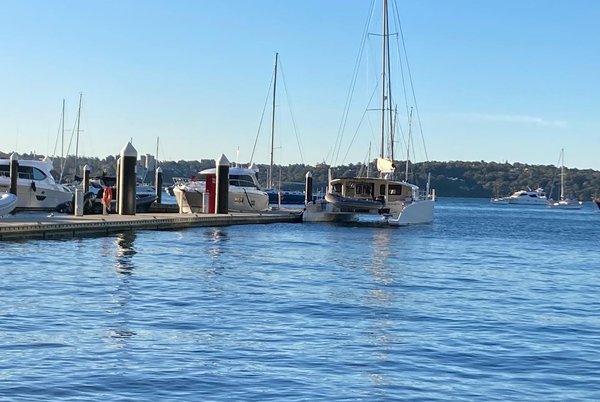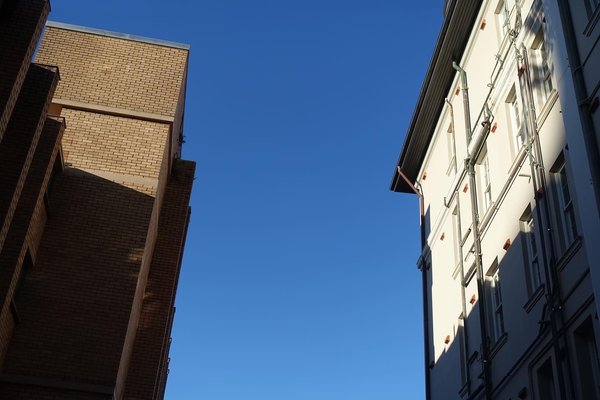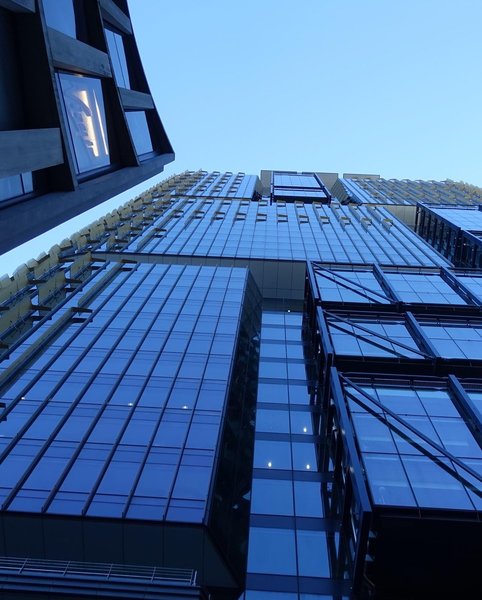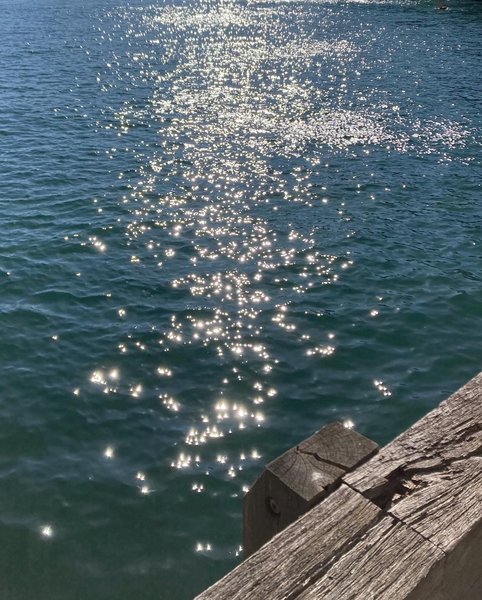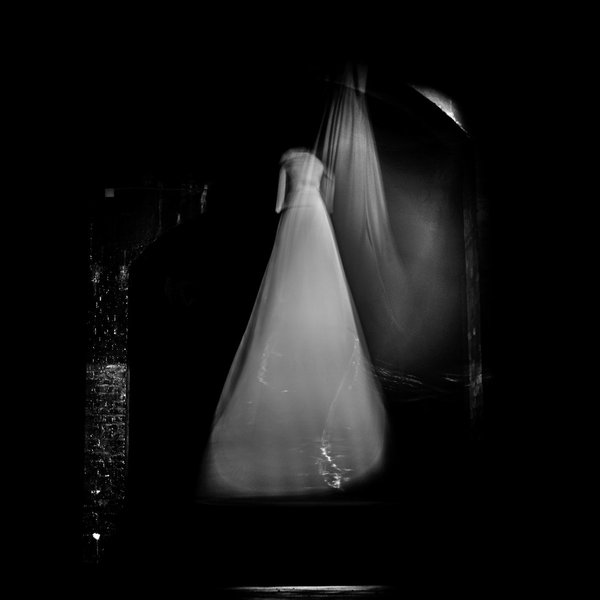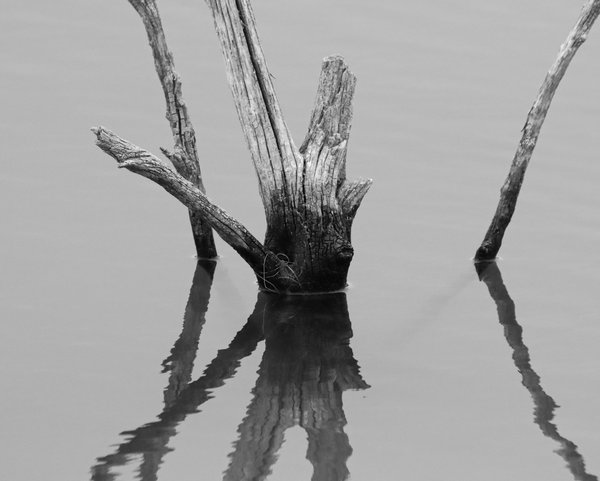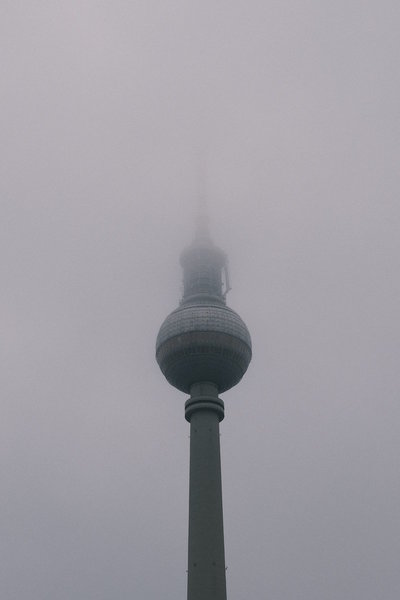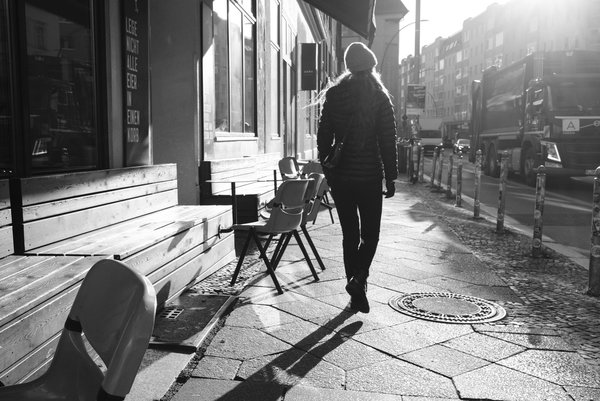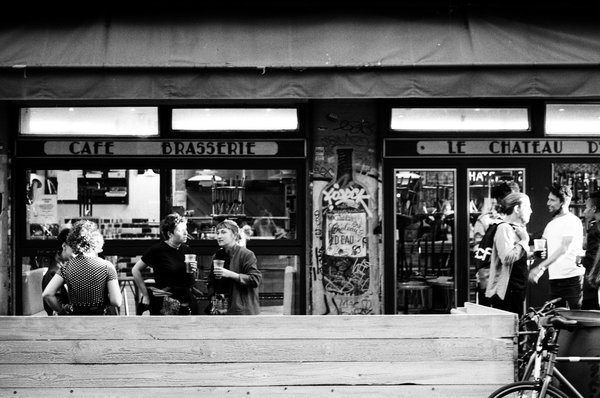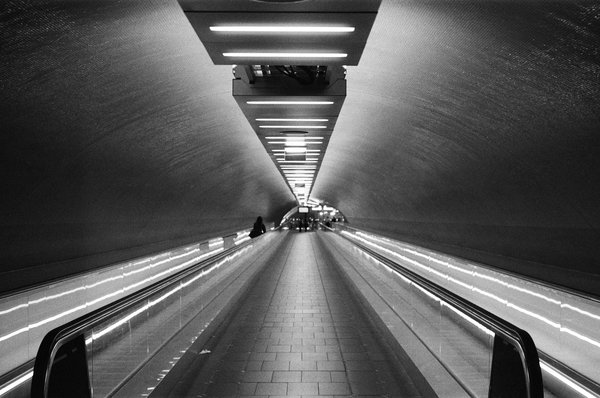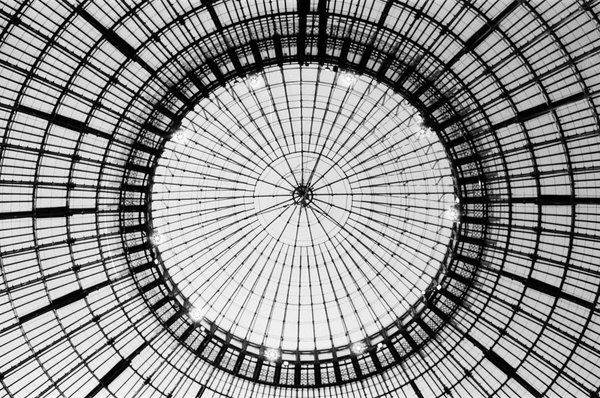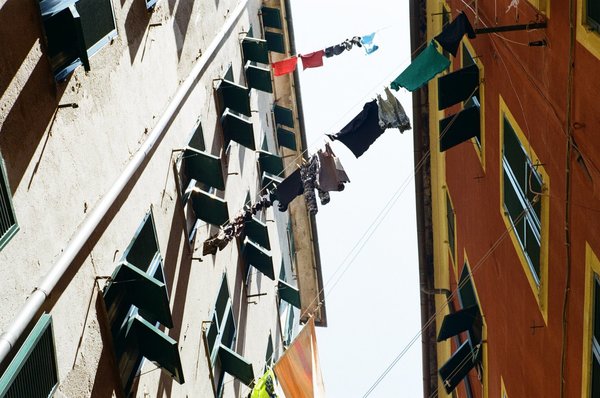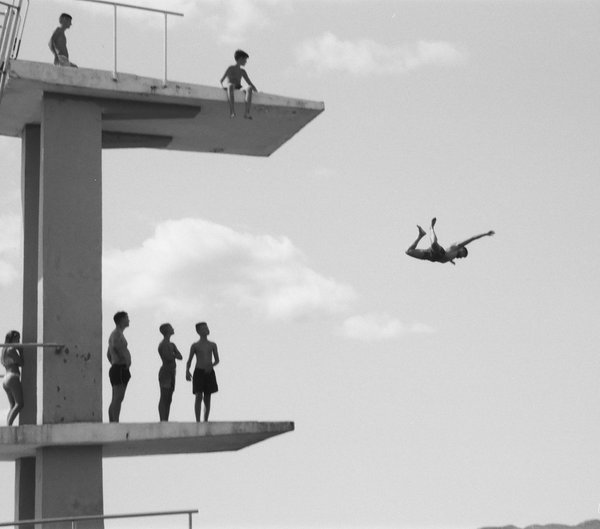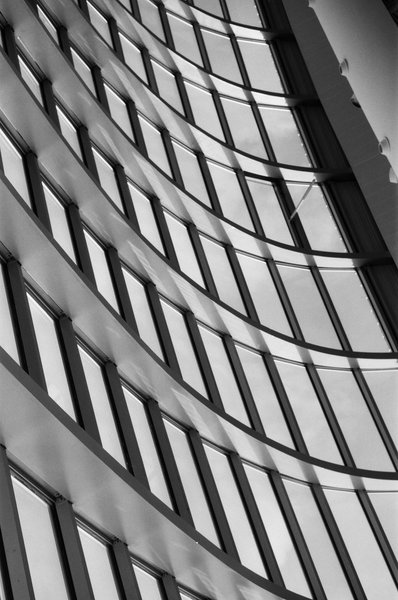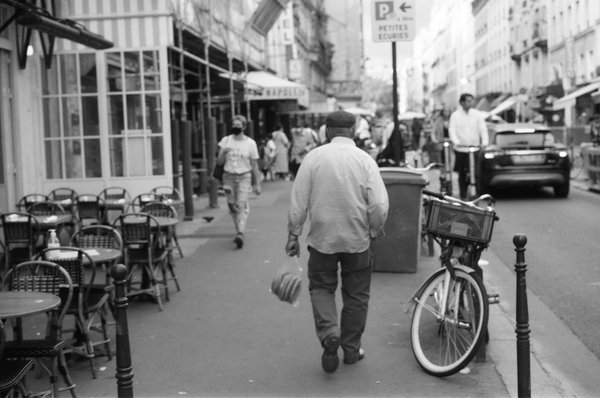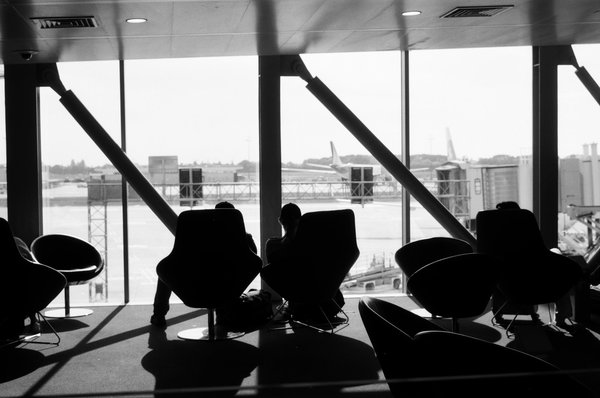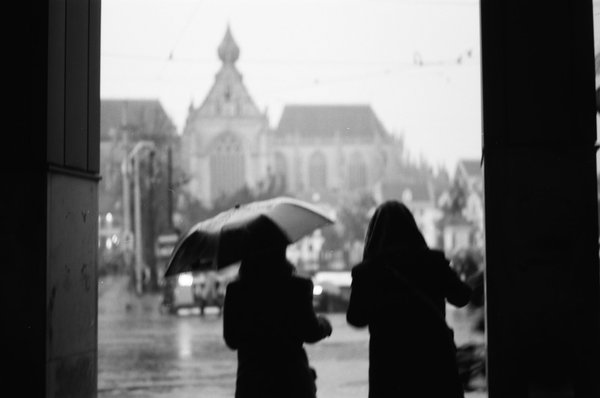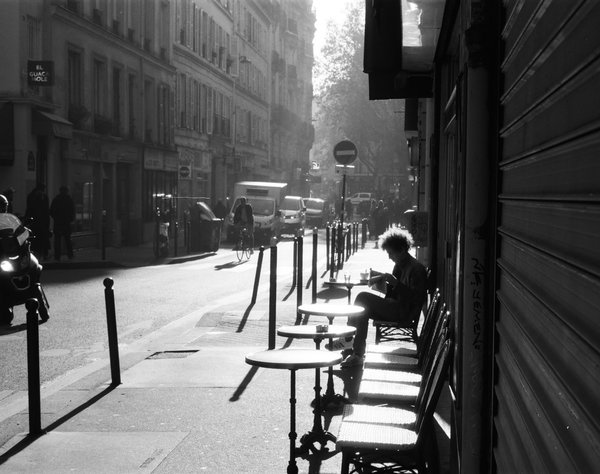Crane's
Distinguished Member
- Joined
- Jun 4, 2008
- Messages
- 6,190
- Reaction score
- 518
I shoot it a lot. I have a small refrigerator full of the stuff in 35mm and medium format. Yeah, a snow scene is not a good thing to play with this film on. Snow tends to end up underexposed by 2/3 to 1 1/3 stop if you go by the meter. Easy enough to deal with on a DSLR, not so with film. Typically I'll automatically overexpose any film I use by one full stop. If it's something important I'll bracket + or - a half stop from there.
Personally I think he should just get some Kodak Gold and go out and mess with that for a while. Just shoot it at box speed and then look at uncorrected scans. That way he'll be able to figure out if he has a camera with a lazy or hyper meter. If you know that then compensating for it is easy enough to deal with either by ISO/ASA settings or by just over/under exposing the image to suit.
All true. I just don't think it's a good beginner film. Having said that, my only experience shooting it was in a ski resort in Bulgaria, and snow isn't very forgiving to shoot, other scenarios are probably easier.
I shoot it a lot. I have a small refrigerator full of the stuff in 35mm and medium format. Yeah, a snow scene is not a good thing to play with this film on. Snow tends to end up underexposed by 2/3 to 1 1/3 stop if you go by the meter. Easy enough to deal with on a DSLR, not so with film. Typically I'll automatically overexpose any film I use by one full stop. If it's something important I'll bracket + or - a half stop from there.
Personally I think he should just get some Kodak Gold and go out and mess with that for a while. Just shoot it at box speed and then look at uncorrected scans. That way he'll be able to figure out if he has a camera with a lazy or hyper meter. If you know that then compensating for it is easy enough to deal with either by ISO/ASA settings or by just over/under exposing the image to suit.



![Shog[1] :embar: :embar:](/styleforum_ads/smilies/shog[1].gif)
![shog[1].gif](http://files.styleforum.net/images/smilies/shog[1].gif)


